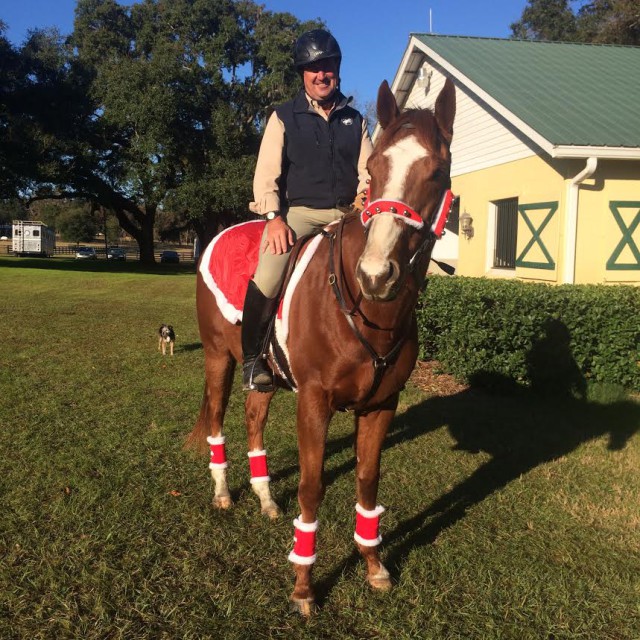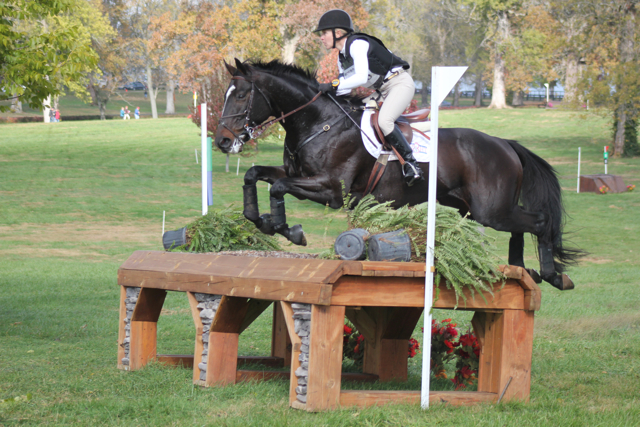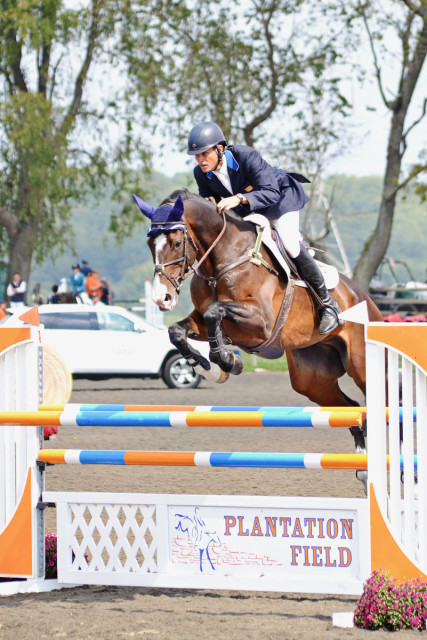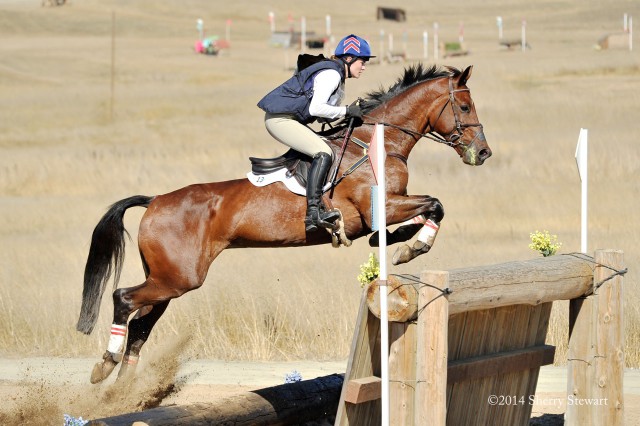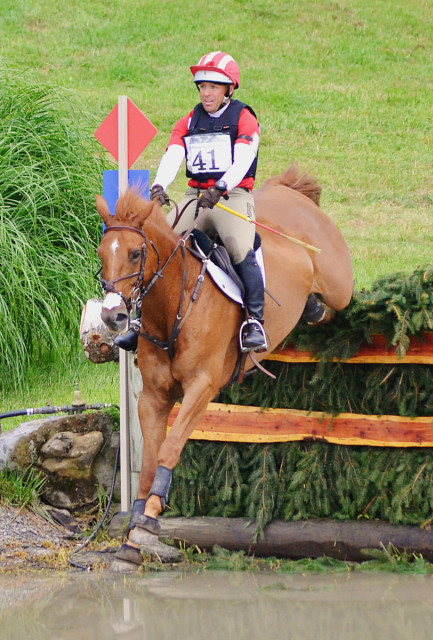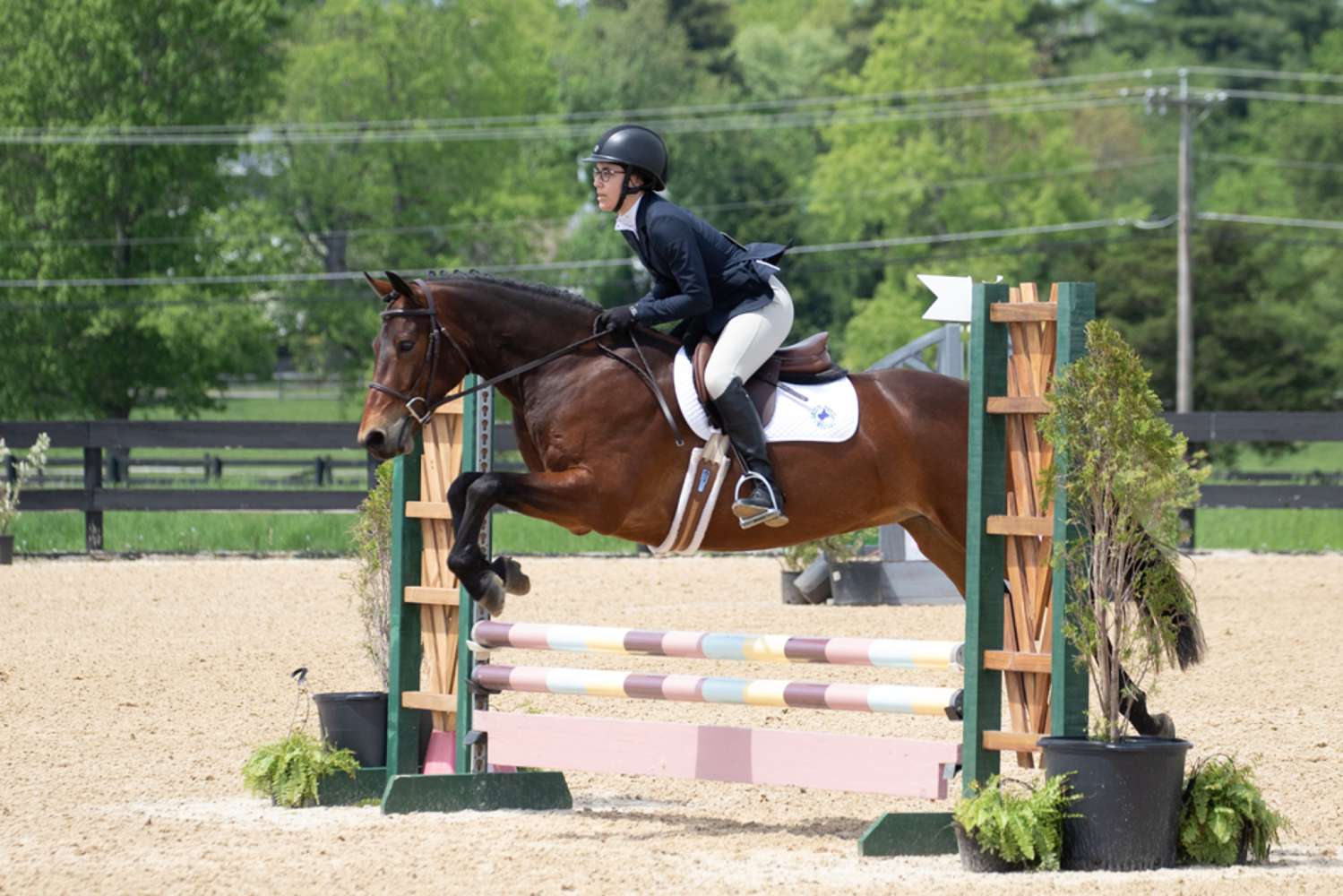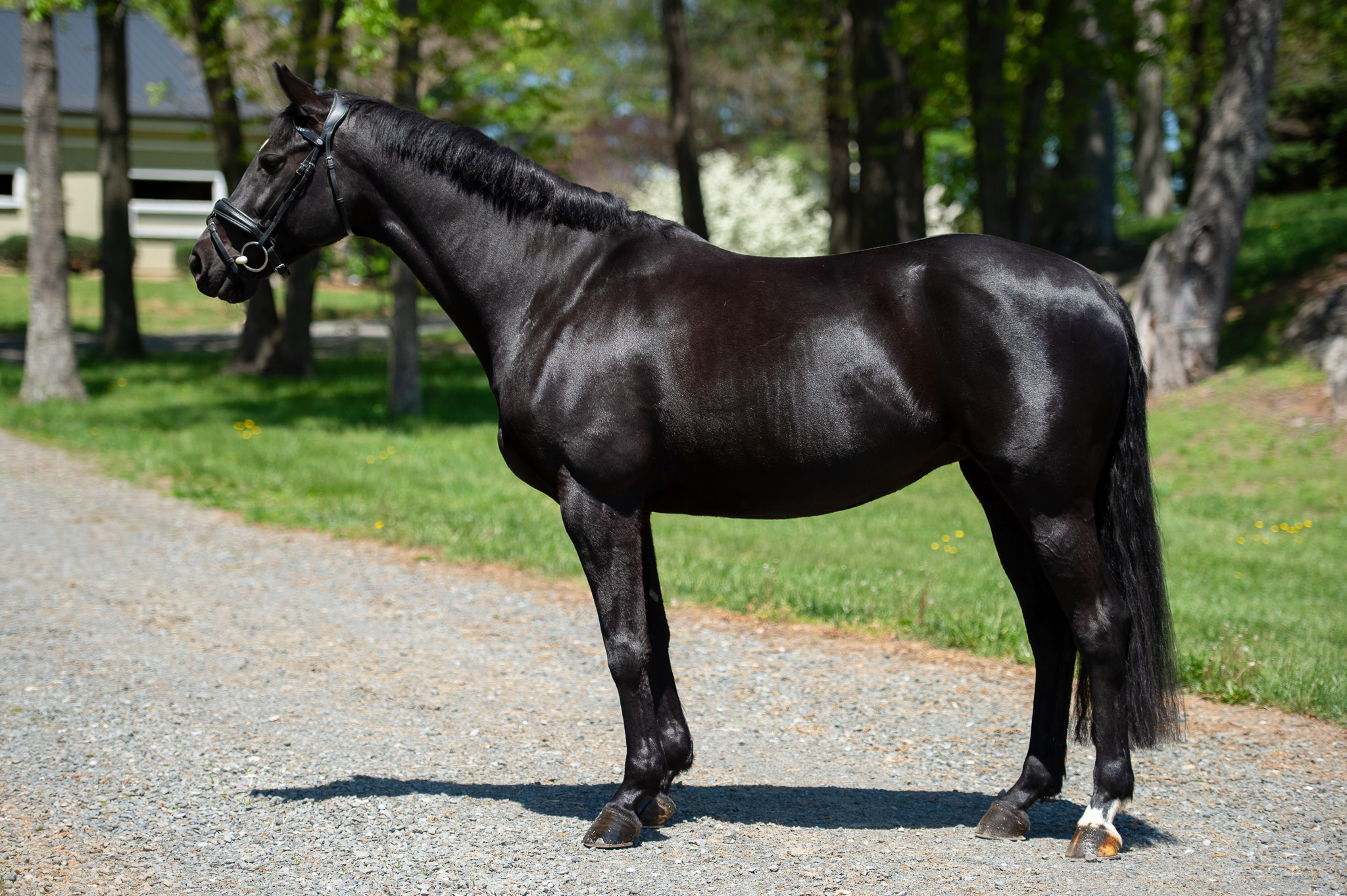Reverse qualification, or loss of qualification, is not a fun topic, but it is something that all riders competing at Preliminary or above should be aware of. Unfortunately, it is something that many riders don’t think about, and so sometimes catches someone unawares. As unpleasant as re-qualifying is, it is even more unpleasant when a show organizer surprises you with the news.
Both the USEF’s Loss of Qualification rules (EV105) and the FEI’s Reverse Qualification (Section 522) rules are fairly straightforward when looked at separately. When taken together, they overlap in some situations, but not all. What this means is that you can lose your qualifications through USEF rules, or FEI rules, or both. Each of the three situations will have different requirements to re-establish your qualifications.
You should keep the following things in mind:
- The rolling 12-month period begins on the date of the first elimination. When the first elimination is more than 12 months from the current date, that elimination is no longer counted towards reverse or loss of qualifications. The 12-month period then rolls forward to begin on the next date on which elimination occurred. This is true for both USEF and FEI rules.
- These situations only occur due to eliminations in the cross country portion of the event. Any eliminations in show jumping or dressage are not counted under these rules. This is true for both USEF and FEI rules.
- The number of refusals resulting in elimination is the same for USEF horse trials and FEI competitions. The third refusal on course at the Preliminary, Intermediate or Advanced level results in elimination.
- It does not matter if the format is CCI or CIC for FEI competitions, either for reverse qualification or regaining qualification. This is true for both USEF and FEI rules.
- All of these rules apply only to the horse; a rider who has lost qualifications on one horse may still compete other horses at the same level or above. Only the horse needs to re-qualify for the level. This is true for both USEF and FEI rules
- If the eliminations occur at two different levels, then the loss of qualification occurs only at the higher level. The rider may compete the horse at the lower level that eliminations occurred in order to restore qualifications for the higher level. This is true for both USEF and FEI rules.
- Retiring on course after refusals does not count towards loss of qualifications. You can always avoid incurring eliminations through accumulation of refusals by retiring.
- For MER and NQR definitions, see this article.
The horse will lose qualifications through FEI rules only if any of the following take place:
- Elimination three times at FEI competitions within a rolling 12-month period for any combination of the following eliminations: dangerous riding, accumulation of refusals, rider falls, horse falls.
- Dangerous riding must be one of the three eliminations to fall under FEI rules only; otherwise, see below.
- Elimination two times in consecutive FEI competitions for any of the following eliminations: dangerous riding, accumulation of refusals, rider falls, horse falls.
- Horse falls must be only one of the two eliminations to fall under FEI rules only; if two horse falls occur consecutively, see below.
The horse will lose qualifications through USEF rules only if any of the following take place:
- Elimination three times at either a combination of FEI competitions and USEF horse trials, or at USEF horse trials only within a rolling 12-month period for any combination of the following: accumulation of refusals, rider falls, horse falls.
- At least one of the three eliminations must be at a USEF horse trials to fall under USEF rules only; if all three eliminations occur at FEI competitions, see below.
- Eliminations two times at any combination of FEI competitions and USEF horse trials within a rolling 12-month period for the following: horse falls.
- The two eliminations must not be at consecutive FEI competitions to fall under USEF rules only; if both eliminations occur at consecutive FEI competitions, see below.
The horse will lose qualifications through both USEF and FEI rules if any of the following take place:
- Elimination three times at FEI competitions within a rolling 12-month period for any combination of the following eliminations: accumulation of refusal, rider falls, horse falls.
- Dangerous riding must not be one of the three eliminations to fall under both FEI and USEF rules; if otherwise, see above.
- Elimination two times in consecutive FEI competitions for the following: horse falls.
The FEI does publish this list of those in danger of reverse qualification under FEI rules from all countries. The current list is for competitions that occurred between Dec. 12, 2013, and Dec. 11, 2014. This list also seems to contain horses who have already incurred reverse qualification and not re-qualified. We highly recommend you contact the USEF to determine if reverse qualification has already occurred if your horse’s name appears on this list.
The USEF does not appear to publish a similar list for those in danger of loss of qualification under USEF rules, so if you are concerned, please contact the USEF.
OK, so you’ve determined if your horse has incurred reverse qualification. Now what?
If your horse needs to re-qualify under FEI rules only, he must:
- Obtain one MER at the FEI level below.
- Example: If a horse loses three-star qualification, obtain one MER at two-star.
- If the horse loses one-star qualifications, the USEF must asses the horse and provide a written report to the FEI Eventing Department before the horse may again take part in any FEI competition.
If your horse needs to re-qualify under USEF rules only, he must:
- Obtain two MER or NQR at either the FEI or USEF level below.
- Example: If the horse loses Advanced qualification, obtain two NQRs at Intermediate, or two MERs at 2*, or one of each.
- Re-qualifiers may not be obtained until one month after the date on which loss of qualification occurred.
- Re-qualifiers must occur within six months of each other.
- If loss of qualification occurs at the Advanced, three-star, or four-star levels, the rider can petition the USEF Eventing Credentials Committee for review and redress.
If your horse needs to re-qualify under both USEF and FEI rules, he must:
- Obtain two MER at the FEI level below, or one MER and one NQR at the FEI and USEF level below.
- Example: If the horse loses three-star qualification, obtain two MERs at two-star, or one MER at two-star and one NQR at Intermediate.
- Re-qualifiers may not be obtained until one month after the date on which loss of qualification occurred.
- Re-qualifiers must occur within six months of each other.
- If the horse loses 1* qualifications, the USEF must asses the horse and provide a written report to the FEI Eventing Department before the horse may again take part in any FEI competition.
- If loss of qualification occurs at the Advanced, three-star, or four-star levels, the rider can petition the USEF Eventing Credentials Committee for review and redress.















